The Singer DLS-T Reimagines The Mighty Porsche 934/5 Race Car
One of the rarest race cars by Porsche gets a road-going restomod counterpart, the Singer way.

In the world of restomods, one name surely stands out, and that’s Singer. And admittedly, it feels a bit off to call the cars made by Singer Vehicle Design a restomod – despite the fact they are. The insane quality and attention to detail on display feel like it’s much more than ‘just’ a restomod. Sure, other companies are capable of doing extremely incredible things as well, and I’m not talking them down, but the Porsches by Singer are in a class of their own. The latest creation based on the inimitable Porsche 911 is the DLS-T, which takes inspiration from one of the rarest Porsche race cars ever made, the 934/5, a car some people might not have heard of before. We’ve got the rundown on Singer, the DLS-T and the classic racer it’s based on for you in this latest episode of The Petrolhead Corner.
Singer, the resto-mod poster child
Avid MONOCHROME readers might think of Singer Reimagined, the high-end independent watchmaking company, when hearing the Singer name, and you’d be half right actually. For car guys, however, Singer conjures thoughts of outstanding Porsche restomods instead. Singer Vehicle Design and Singer Reimagined are similar in spirit and try to capture the essence of their being: one by making the best Porsche-based sports cars possible and the other by redefining the rulebook on chronograph watches (with the help of Jean-Marc Wiederrecht and Agenhor). There is also Rob Dickinson, the link between the two companies, as he founded Singer Vehicle Design and co-founded Singer Reimagined, the watchmaking company, together with Marco Borraccino.
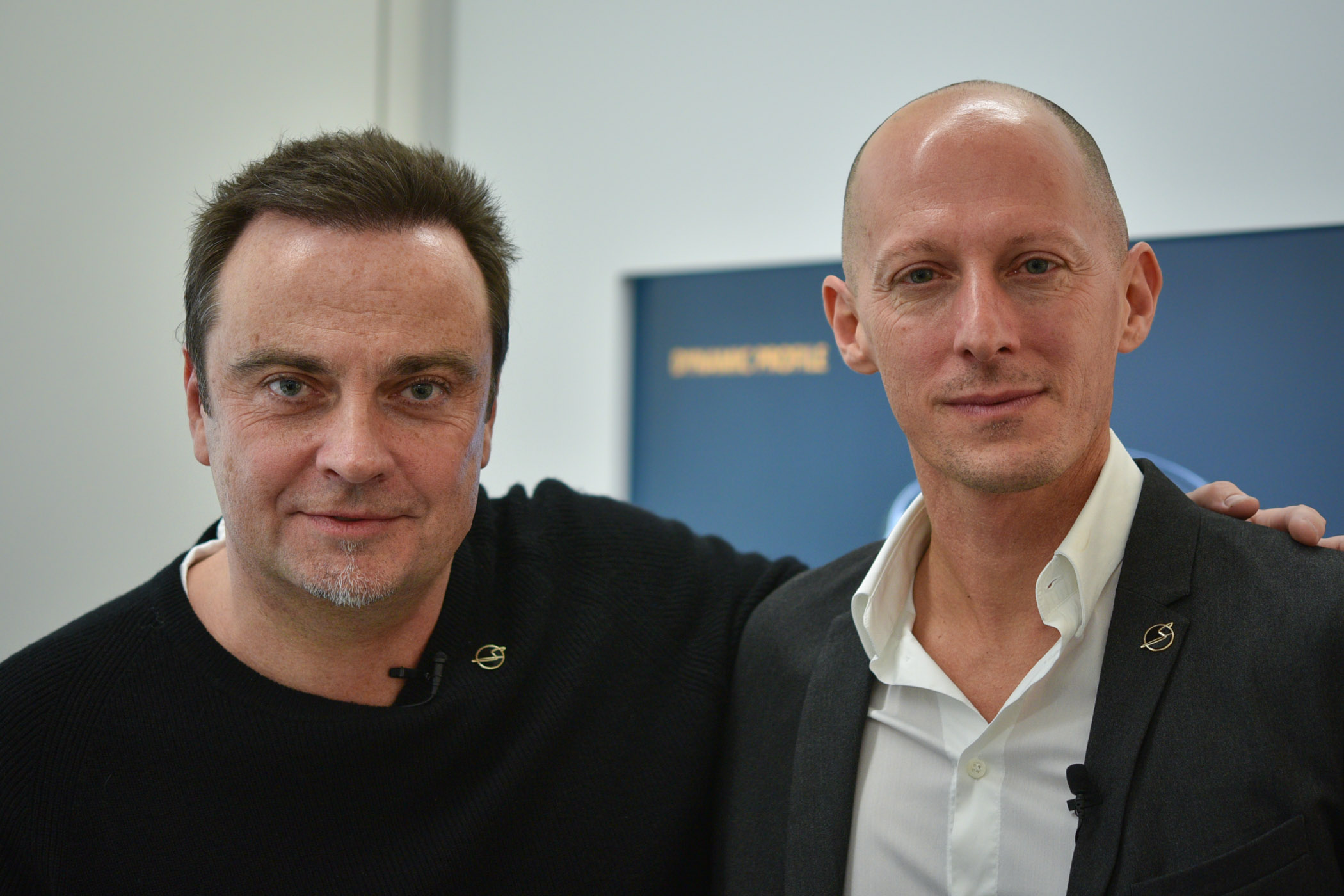
Ever since its foundation in 2009, Singer Vehicle Design has been at the forefront of the restomod industry. Singer states that by no means does it try to sell cars under its own name: it limits itself to the meticulous restoration of classic Porsche 964 sports cars to a state that’s beyond perfection. Regardless of the phrasing, there is essence to what Singer claims to do. Everything starts out with a 964-generation Porsche 911, and with that foundation, Singer is capable of creating some of the best Porsche 911s imaginable. Each and every car is a bespoke commissioned project that leaves no bolt untouched and tries to improve on every single aspect of the car: design, vehicle dynamics, interior, performance, everything.
Rob and the Singer team are deeply passionate about the Porsche 911 and the 964-gen cars in particular. Built between 1989 and 1994, the 964 was built around the time when the 911 was celebrating its 25th anniversary. The company was struggling with sales, but the 964 would prove a step in the right direction for Porsche. It was the first car to be introduced with an automatic transmission, called Tiptronic, and the first 911 to be available with all-wheel drive (indicated by the Carrera 4 name). Over a period of 5 years, Porsche would build over 62,000 Type 964s across all body styles (Coupe, Targa, Convertible, Speedster) and all levels of performance. The most sought-after 964 are the Speedsters and the Carrera RS 3.6 Coupe.
Using this as a platform to create the best possible Porsche cars out there, it’s no wonder Singer has a very long waiting list of people wanting their vintage 911 done by the California-based company, despite the six- or seven-figure price tags they command. And I can fully understand this fascination with Porsche 911s reimagined by Singer, as the latest study is pure sex-on-wheels, inspired by the rare Porsche 934/5 endurance racer from the 1970s.

The 934/5 legacy
But before we get to the Singer DLS-T, let’s first explore why the Porsche 934/5, not to be mistaken as a 934 or 935, is so special. It was built in an era where Porsche was becoming the most dominant force in GT and Endurance racing, following its Le Mans wins of 1970 and 1971. After winning Le Mans twice with the all-conquering 917-series, Porsche became the go-to manufacturer if you wanted a good chance at a race win, even as a privateer. By 1976, Porsche would introduce two of its most dominant GT racing cars ever made, the 934 (below, left) and 935 (below, right), both based on the 911 platform but vastly different in execution. Where the 934 looked the closest to the road-going 911s of the time, the 935 took things a few steps further.
The 934 had a 3-litre flat-six engine which initially produced close to 500bhp. It had wider wheel arches, an aggressive front bumper and splitter and a big wing on the back, all compliant with Group 4 type of racing. A total of 31 Porsche 934s would be built, and it would claim victory in the European GT Championship with Toine Hezemans and also become Trans-Am champion at the hands of George Follmer. The 935, however, was quite a different beast. It still resembled a 911 from afar but had a much more advanced (and wild) aero package. Raced under Group 5 rules, which allowed for more drastic changes over the road car it would be based on, it would become a monster of a car. Most of the 935s had a flat-six engine that could range from 3.0 litre to 3.3 litres in size, and power would generally be upwards of 600bhp. Of the 370 races the 935 entered, it won 123 of them, including the 24 Hours of Le Mans in 1979, the Sebring 12 Hours, the Daytona 24 hours, the Nurbürgring 1000km and many others. Some of the most famous versions of the 935 include the 935K series built by Kremer and the 935/78 Moby Dick. The Moby Dick was so dominant it won its debut race at Silverstone, a six-hour endurance race, with a lead of 7 laps over second place (also a Porsche).
But where does the 934/5 fit in? Right in the middle, really, as it combined the chassis and engine of the 934 with the wheels, tires and rear wing configuration of the 935 as a sort of best-of-both-worlds attempt. It was built to comply with Group 4 regulations and was meant to enter the IMSA championship of 1977. A rule change outlawed it, however, so instead, it was entered into the SCAA Trans Am Series the same year. It won six out of seven races that season, which would crown it the champion, but months later, a formal complaint by Porsche 934 driver Ludwig Heimrath threw a spanner in the works. Heimrath and his 934 would be declared the winners of the 1977 Trans Am season. With only 10 cars built, the 934/5 is one of the rarest race cars by Porsche. All were fitted with a turbocharged 3.0-litre flat-six engine that produced almost 500bhp, giving it a top speed of close to 300kph.

Dynamics & Lightweight Study – Turbo
The all-new DLS-T uses this incredible Porsche 934/5 for inspiration and morphs a 964-generation Porsche 911 into an immensely cool widebody road- or track-focused sports car. It combines the findings of the Dynamics & Lightweight Study cars with those of the Turbo Study cars into one breathtaking new machine. As ever, it starts with a donor car which is completely stripped down to bare bones. Nothing is left untouched, and everything is meticulously cleaned, fixed, upgraded and strengthened where possible or necessary. Each customer has the chance to get immersed in the full build process, with basically unlimited creative freedom from start to finish. Therefore, each car is unique to its owner, catering to very specific needs and desires in terms of styling, technology, performance, interior trim and whatnot.
Porsche is one of the pioneers in turbocharging for road and racing cars, so it’s quite fitting that Singer Vehicle Design embraces it in its latest project. Singer cars until now have mostly relied on normally aspirated flat-six engines, but adding a turbo drastically changes things. Using the base engine from the donor car, Singer completely disassembles it and restores it using high-performance components from top to bottom. For the DLS-T, the engine size is increased to 3.8 litres and a pair of turbochargers are added, along with electronic wastegates and an air-to-water cooling intercooler system. The result is a jump in power to over 700bhp and a redline of more than 9000rpm! This is sent to the rear wheels through a 6-speed manual transmission. A bespoke suspension and carbon-ceramic braking system are installed to keep everything under control as best as possible, and the car sits on 19-inch and 20-inch forged magnesium centre-lock wheels.
All this is draped in a full carbon fibre exterior in one of two possible configurations. Both feature an aggressive bumper and splitter set-up at the front (albeit a bit different between the two) and very wide wheel arches at the rear, just as the Porsche 934/5 had. The biggest difference between the two is the rear wing, where you can go for a duck-tail type spoiler or the large whale-tail rear wing made famous by the Porsche 935. Underneath that, you can see the characteristic rear section of the 911 almost fully engulfed by the massive wheel arches and a big carbon fibre diffuser to draw out air from underneath the car. Details such as the air intakes in the small side windows, the exhausts existing behind the rear wheels on either side, the optional Porsche 935 BBS style wheels, and the tucked-in rearview mirrors add to the amazingly dramatic styling of the DLS-T. Yet, surprisingly, it looks sort of clean and sleek, a typical trait for cars by Singer.
On the inside, the attention to detail continues with a completely rebuilt cockpit using only the best materials. Given the provenance of the race car that inspired it and the +700bhp engine in the back, a roll cage is surely a very welcome element. Two racing buckets are installed to keep your behind safely planted as you push the DLS-T to its limits (if you dare). Furthermore, you’re looking at a properly modernised dashboard with a new five-pod instrument cluster (a Porsche signature element) and a button-free three-spoke steering wheel. As always, the interior can be specced whichever way you want it.
The first two cars are commissioned in Moet Blanc, which has the more road-oriented setup, or in Blood Orange for the one that’s more focused on track use. The biggest difference between the two is the front bumper and rear wing (which is impossible to miss). Cars like this never come cheap, and although no official price is communicated, the non-turbocharged Singer DLS goes for over USD 2 million. So expect this new DLS-T to be a bit pricier than that even. An insane amount of money, but then again, it does get you a near-perfect car.
For more information, please visit SingerVehicleDesign.com.
Editorial Note: The images of the DLS-T cars in this article are sourced from Singer Vehicle Design. The images of vintage Porsche 934, 935 and 934/5 race cars are sourced from Autoweek.com, TopGear.com and Stuttcars.com.


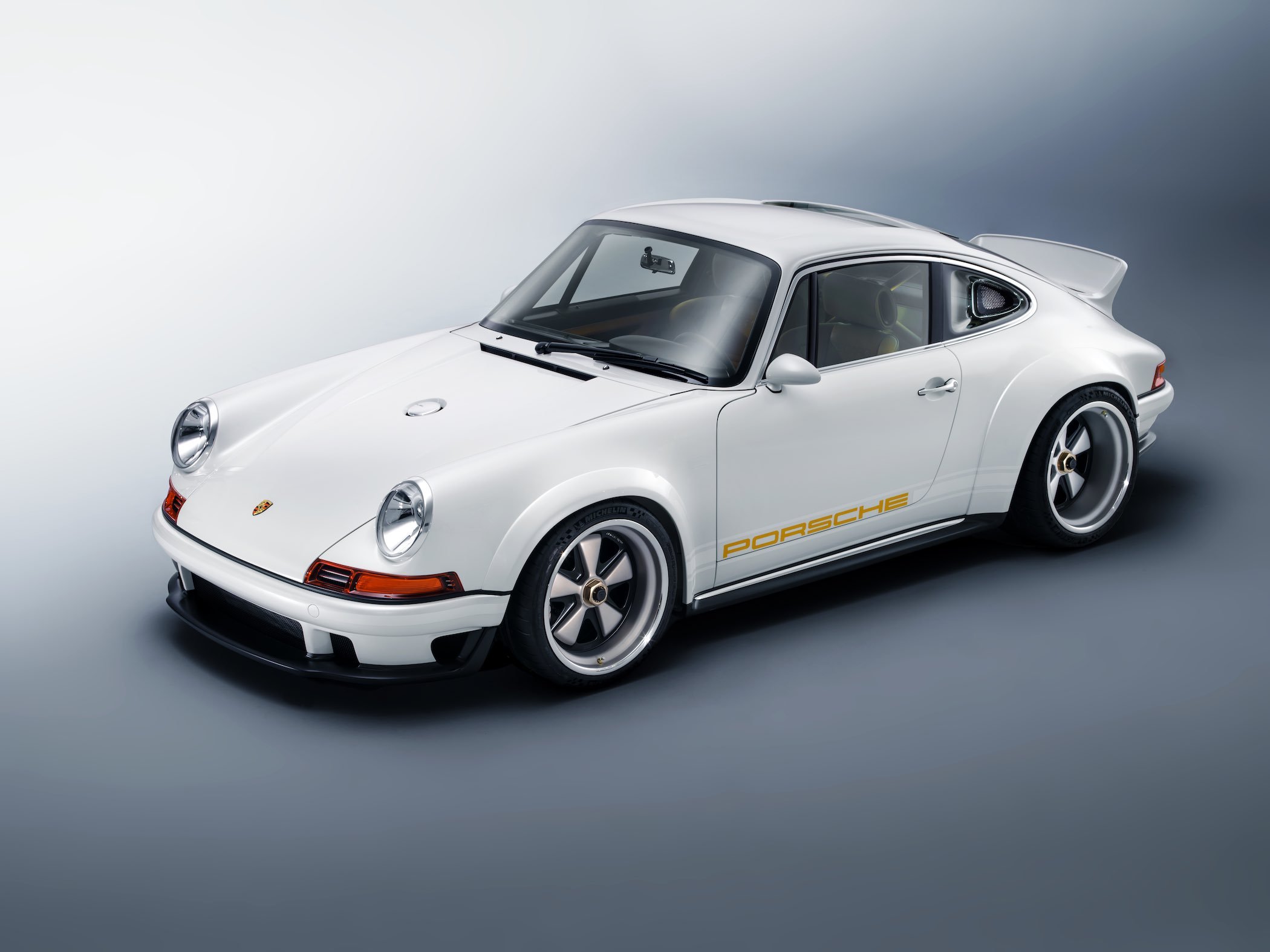
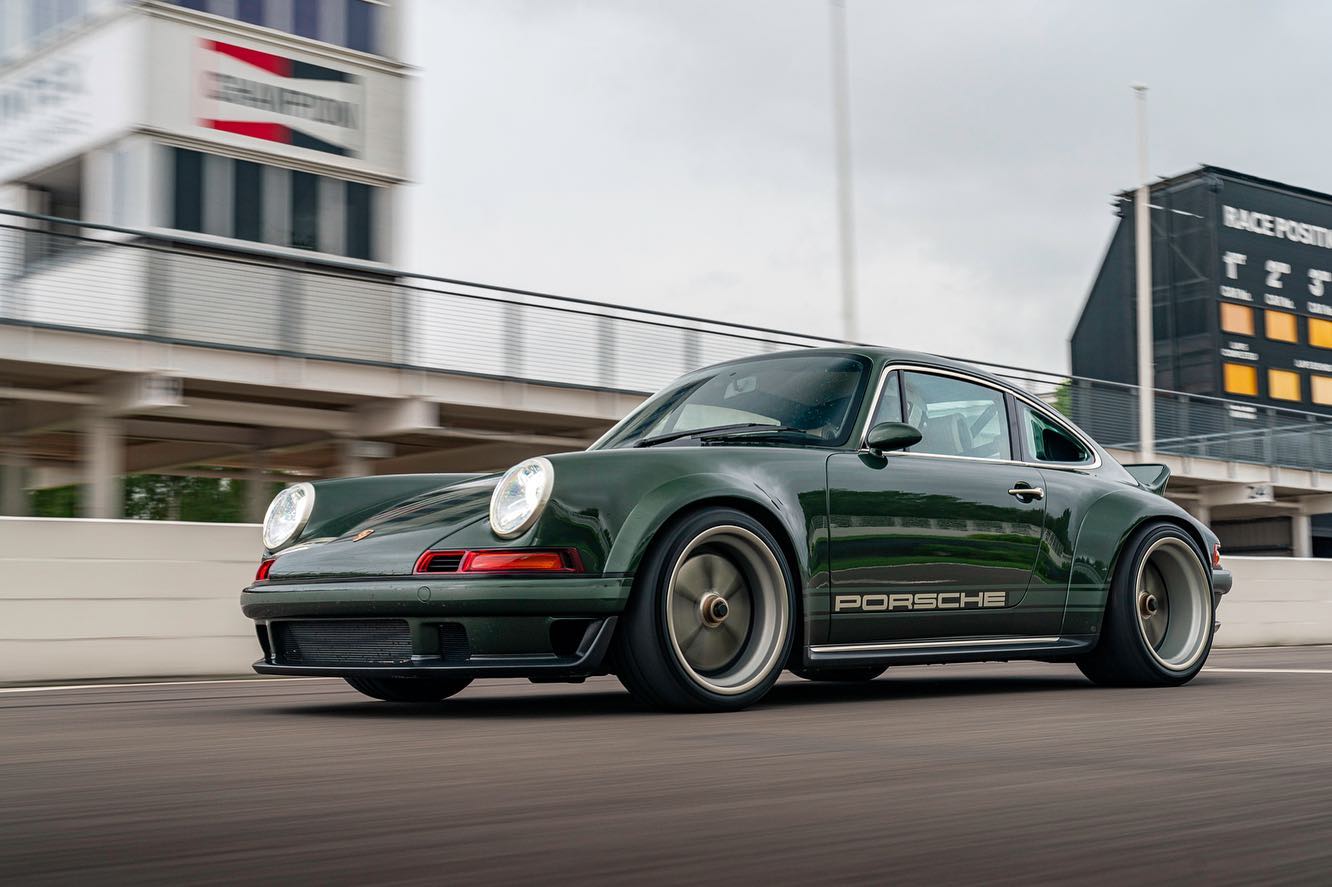
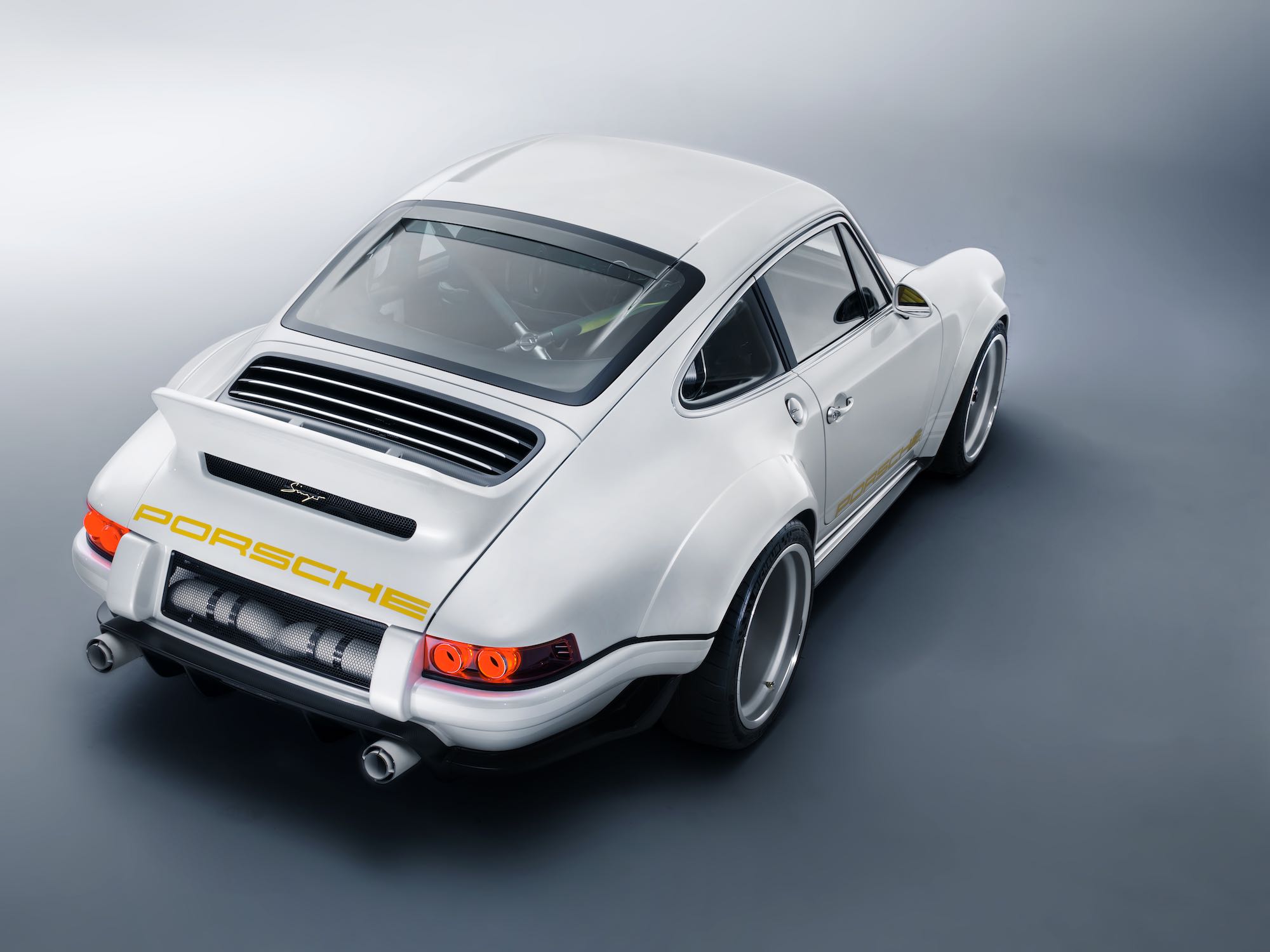
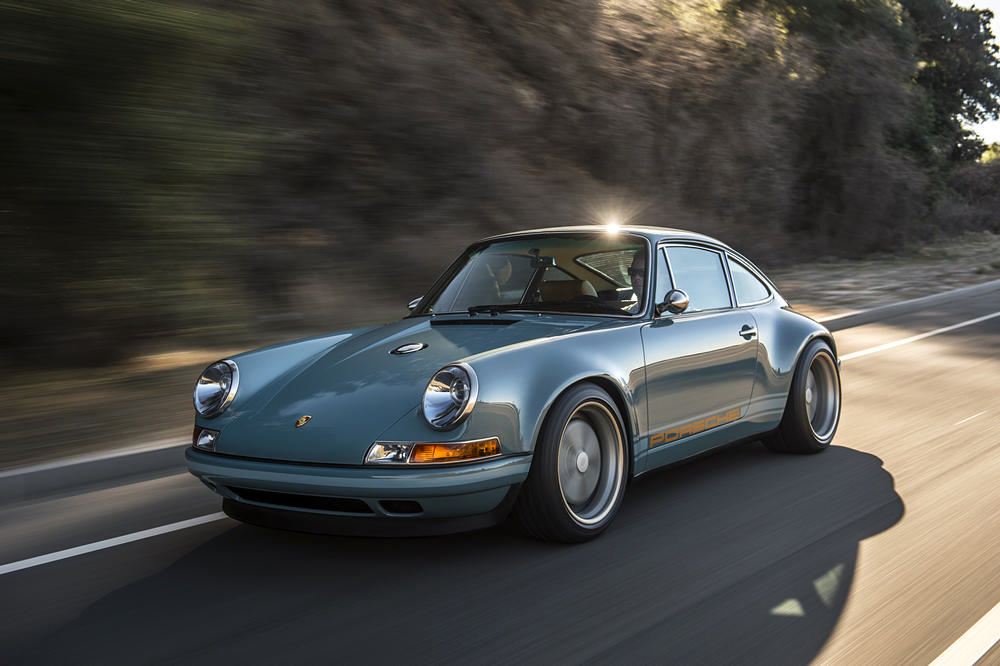

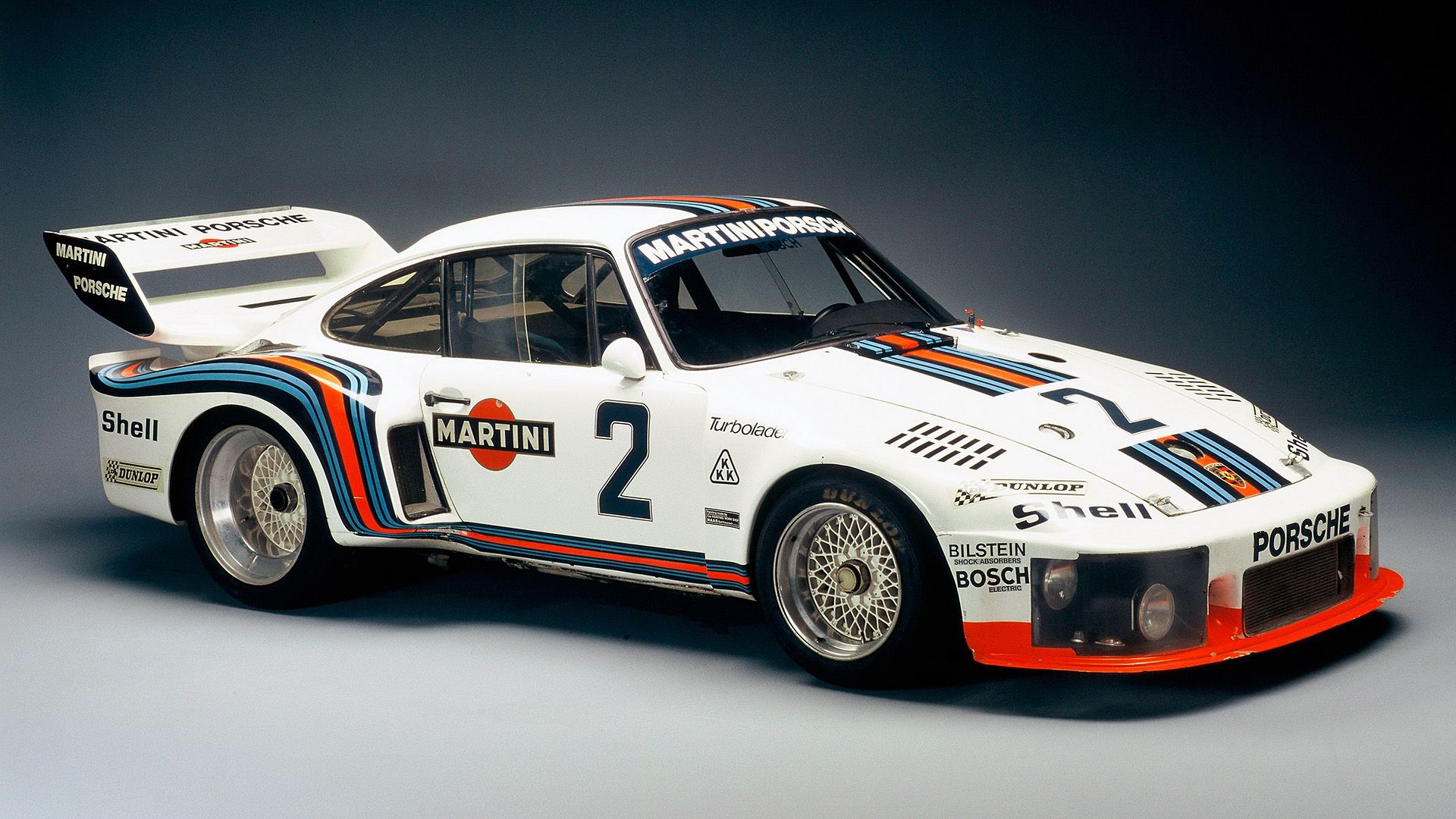
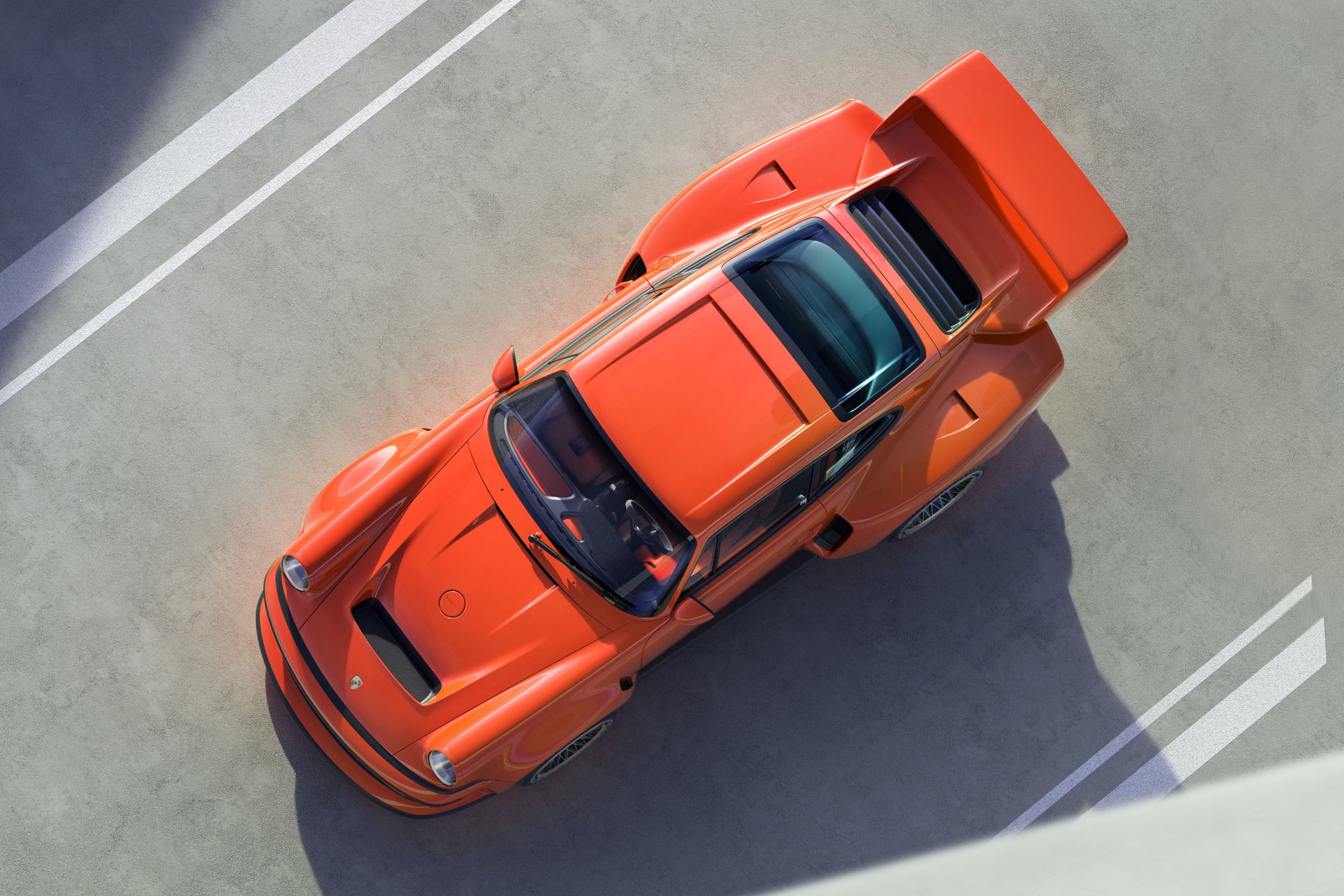


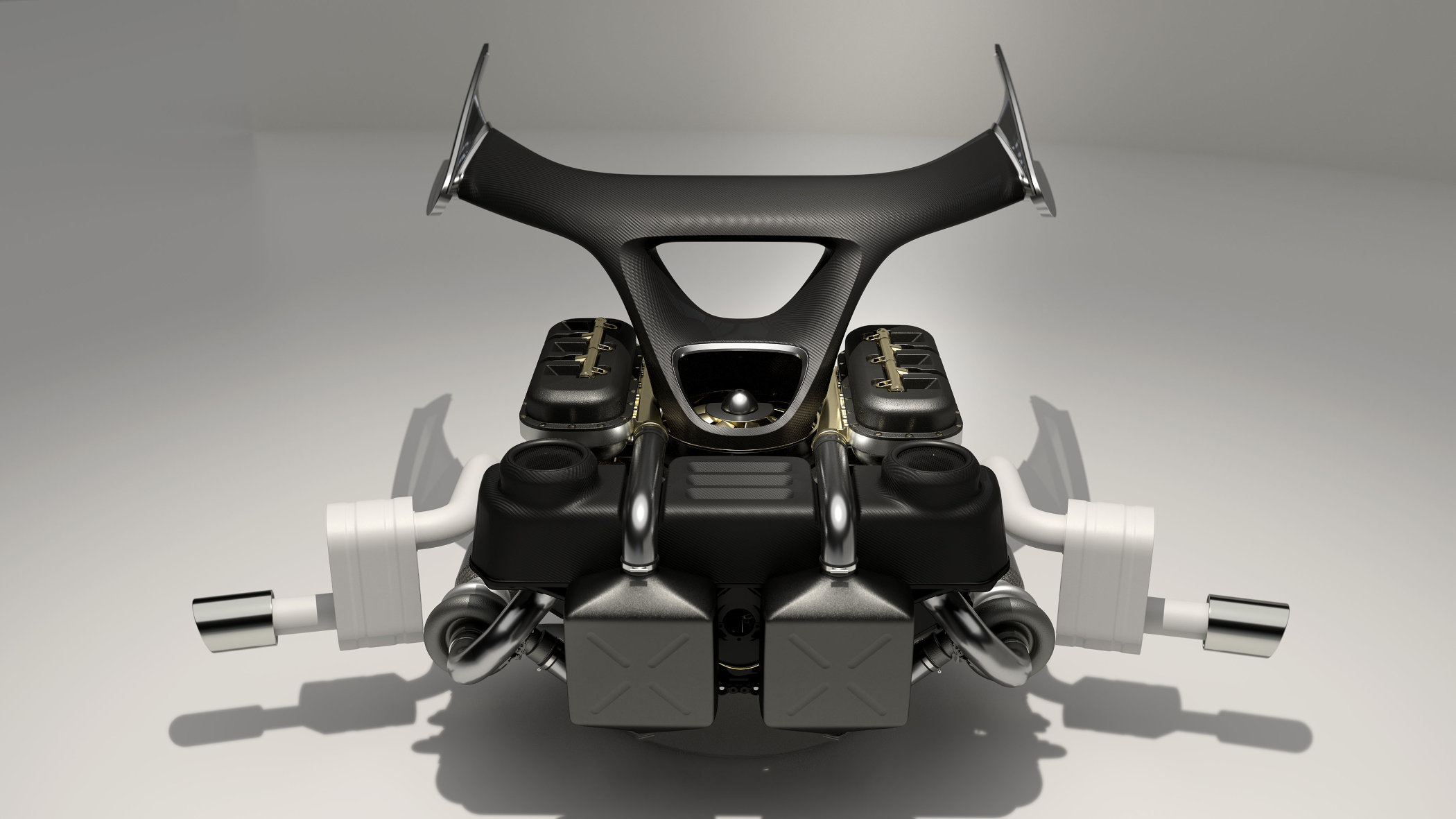
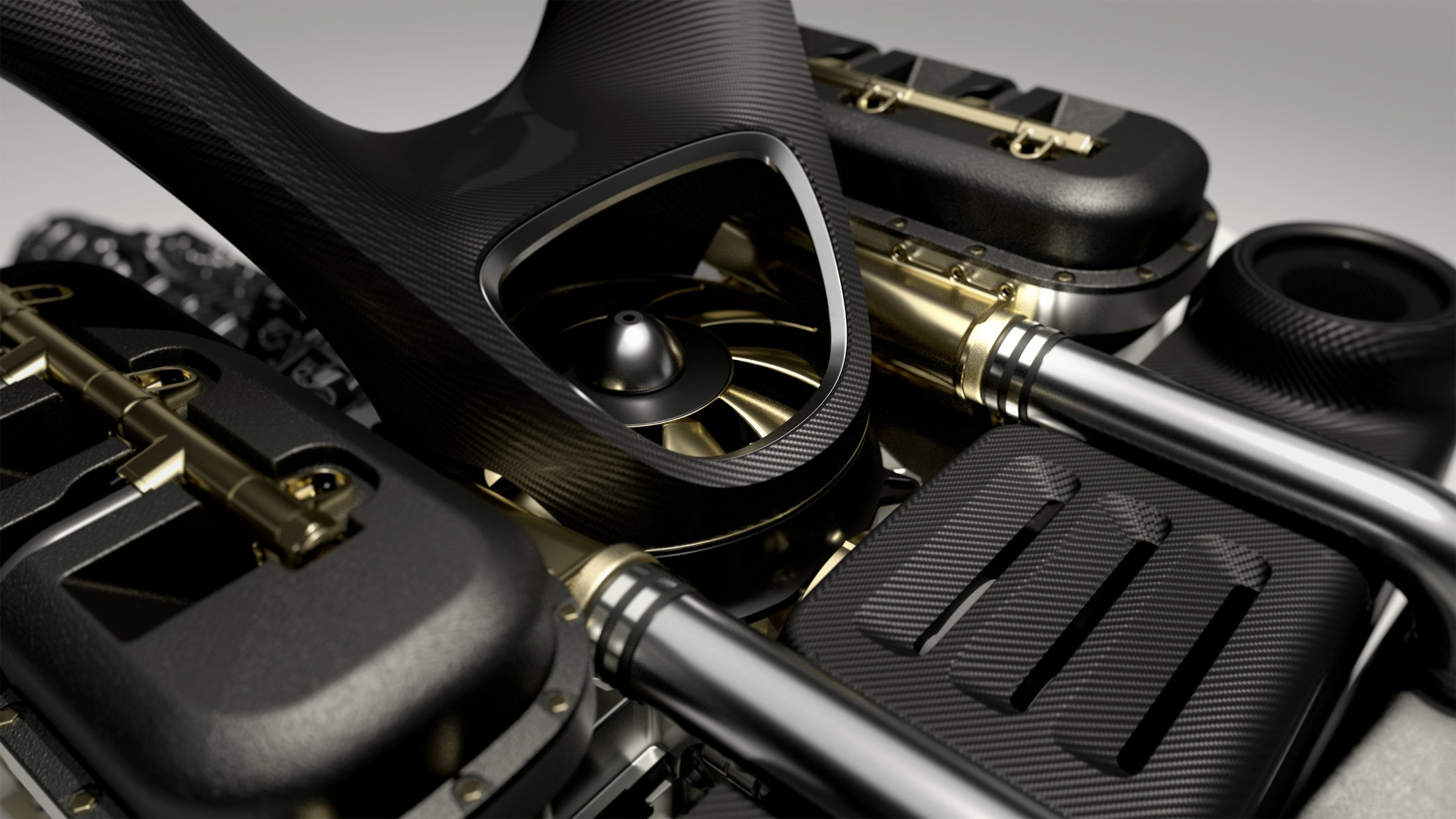





2 responses
That’s a whole load of money for a flattened bug.
That is what they are !
Now the engineering that makes the 911 a bit more ,that is special,and meant to cost a bit more.They used to cost more than a bit more because they could never reach an economy of scale.Now that they could,they won’t. The profit margins are too good ! Then singer does one off’s, and that’s a whole other level of profit margin as where are you going to another one !? The beat goes on…